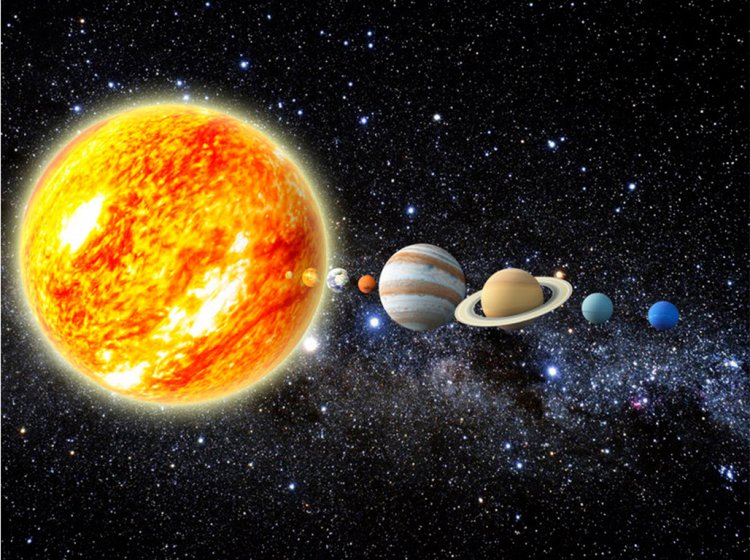On January 27, 1967, the USSR, the United States, and the United Kingdom signed the Outer Space Treaty
“The exploration and use of outer space, including the moon and other celestial bodies, shall be carried out for the benefit and in the interests of all countries, irrespective of their degree of economic or scientific development, and shall be the province of all mankind,” goes the first paragraph of the first article of the Outer Space Treaty. This Treaty was signed on January 27, 1967, its first participants were the Soviet Union, the United States, and the United Kingdom.
55 years ago, only three countries signed the Treaty. Today more than a hundred countries have joined it. The seventeen articles of the treaty define the principles that countries must follow in the exploration of outer space, the attitude towards astronauts, and restrict the use of space and space objects for military purposes.
For example, the Treaty establishes that the parties “regard astronauts as envoys of mankind in outer space and shall render to them all possible assistance in the event of accident, distress, or emergency landing on the territory of another State Party or on the high seas.”
It is forbidden to put any objects with nuclear weapons or other weapons of mass destruction into orbit around the Earth. The moon and other space objects should be used exclusively for peaceful purposes – it is forbidden to create military bases, test weapons, and conduct maneuvers there. At the same time, military personnel can be used for scientific research or other peaceful purposes.
Outer space, including the Moon and other celestial bodies, cannot be appropriated by any state. These are territories that are free for scientific research, and states should encourage such international cooperation. The Treaty states: “All stations, installations, equipment and space vehicles on the moon and other celestial bodies shall be open to representatives of other States Parties to the Treaty on a basis of reciprocity.”
Any state can join the Treaty at any time.
Based on open sources
Photo: zzoplanet / ru.123rf.com






















